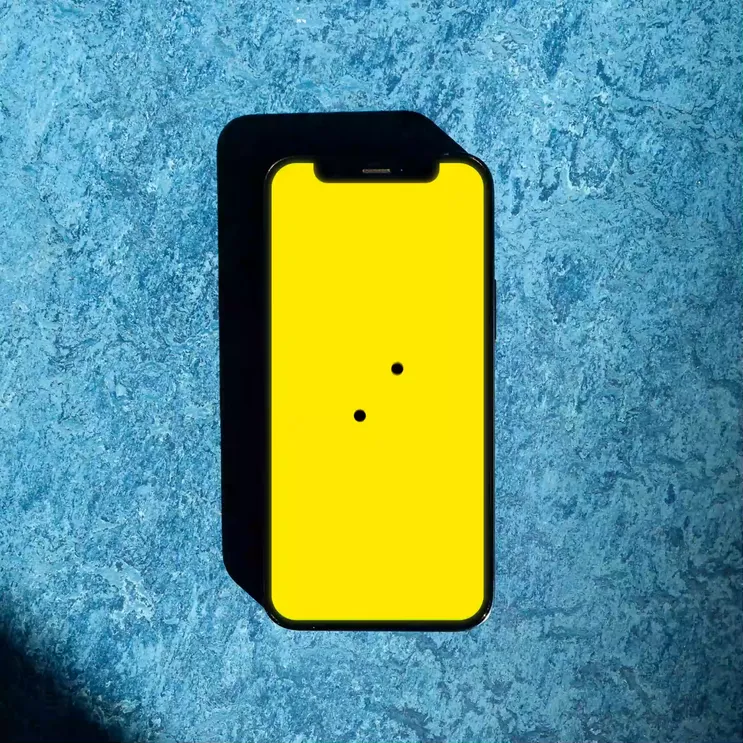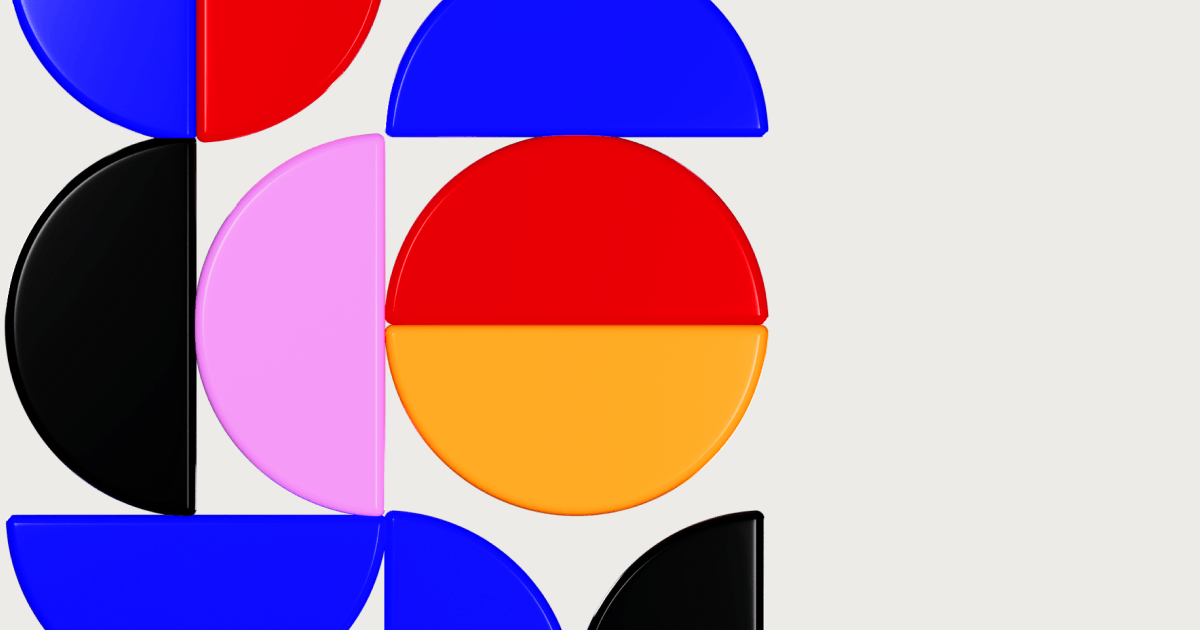Design
6 min read
Design Challenges in Web3
With Web3 being our reality (not our future anymore), we’re now facing an unprecedented amount of blockchain projects being launched every month. And that’s not just a good thing. It’s absolutely freaking amazing!
BUT. Of course, there’s a but.
It took us a decade to master the best usability principles for web2 – how to nurture the user, how to make them spend more, love us more, share more and so on. And we (not just Pony, but the whole design community) nailed it. Give us a product idea and 10 people who love it, and we can build a digital experience that will quickly multiply this number. Test us!
The Web3 revolution caught us off-guard. Why? Mainly because the User, as we know it, is very different. The last thing 80% of the web3 crowd wants is their face on Instagram, sipping cappuccino under the sunshine.
What they need is:
- Privacy (like for real this time)
- Decentralised environment
- A cause they believe in
- Being part of a community
- Earn some cash as an extra perk (officially. Unofficially this should go first)
- And, of course, be seen as cool and innovative
Because of these reasons we’re faced with a number of UX and design challenges that the majority of projects still don’t address (well enough). Many of the experienced designers and UXers are still not into web3, many of them still don’t get it beyond their attempt to become billionaires selling NFTs (another failed side hustle). On the other hand, the most talented web3 builders we’ve met are brilliant engineers or visionaries, but their design and UX skills (understandably) are way too weak.
The biggest hurdle for many design teams nowadays is – how do we design engaging digital experiences that serve the jobs the web3 user is trying to get done?
So what are the main challenges and how can we fix them?
Uncertainty and ambiguity during the user flows
The main challenge that underpins all other problems is the lack of understanding how blockchain, crypto wallets and decentralised systems work. People who don’t spend 10 hours a day on web3 platforms feel intimated by the overwhelming crypto jargon and unfamiliar user flows they face when interacting with a product.
The majority of products invest in educational content, trying to bridge the gap between web2 users and their platform, while what they should be focusing on is simplifying the terminology they use and create user flows that feel more familiar (good old Hick’s Law!).
As a result, most web3 projects share the same pool of users (the passionate web3 crowd that’s always on a hunt for the next Bored Ape-style sensation) and many of them struggle to attract newcomers.
Product utility
This is much beyond design and UX, but one of the biggest problems we face when working on new web3 products is the same old dilemma – does the product solve a real need or is it a way for the team to make a business out of their passion for the blockchain space. Henry Ford famously said “If I had asked people what they wanted, they would have said faster horses” but sadly not all products have the potential of Ford and Apple.
Of course, we need to balance the innovation element here – users don’t know what they need until we offer them an excellent product, but since we’re still in the early days of this technology, many of the products are often “nice to play with” and still far from a useful product and viable business.
Crypto wallets
Yes, hard to believe this is on the list, but the management of crypto wallets and security keys is still a drag for many users. One of the biggest friction points for many blockchain consumer products is the moment of connecting the wallet. That’s when you lose the majority of your prospect users and the main reason why web3 products appeal mainly to the crypto-native crowd.
There’re a few solutions here, but the most effective one is allowing the user to experience the product and receive some value (and satisfaction) before they’re asked to connect their wallet.
Platforms such as MoonPay and Simplex are building excellent solutions for easy crypto transfers, while Mastercard recently announced they’re working with major web3 and NFT players to allow users to buy NFT’s without the need to having to purchase crypto first.
Visual language
Dark background, pixelated art, mysterious look & feel. Nothing wrong with this style, we love it, too. The problem is when you see dozens of products with similar offering and branding. Visual identity analysis of the competitive landscape is a must for any branding process, but the web3 space in particular needs it more than ever. There’re a couple of style categories that dominate the space and it’s becoming increasingly important for companies to find creative gaps that could be explored.























